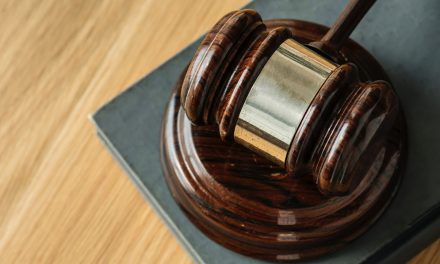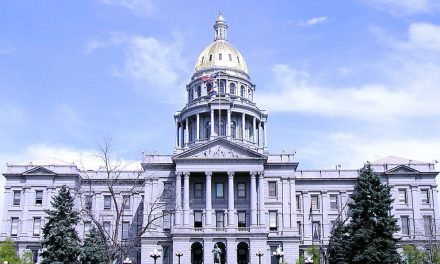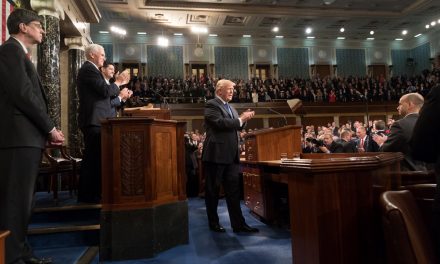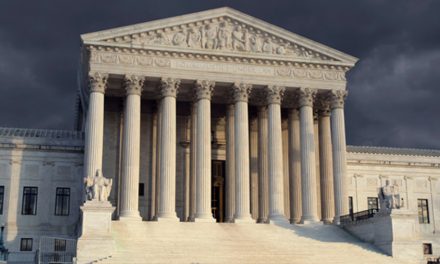A 4-4 vote on an election issue that came before the U.S. Supreme Court from Pennsylvania on an emergency basis could open the door to voter fraud in a key swing state, and highlights the problems caused by a missing ninth justice.
In Republican Party of Pennsylvania v. Boockvar, state legislators appealed a Pennsylvania Supreme Court decision to the U.S. Supreme Court, alleging it violated the U.S. Constitution’s election clause, Article 1, Section 4, Clause 1, which grants Congress the authority to determine a single, national Election Day.
The Pennsylvania high court, in a case originally brought by state Democrats, modified a state law requiring all election ballots to be received by Election Day, November 3. The state court essentially granted a 3-day extension, ordering that any ballots cast on or before November 3, but received by the state in the mail by November 6, would be counted.
The Pennsylvania justices created two problems, however. First, their extension of the election deadline arguably violated the U.S. Constitution’s election clause. Second, they opened the door to voter fraud in that portion of their opinion which dealt with how to prove the ballot had been mailed by November 3. The court said the state must accept any mailed ballots received by November 6, even if they lack a legible postmark, unless “by a preponderance of the evidence,” the ballot appears to have been cast after November 3.
That exception for lack of a postmark opens the door to possible voter fraud in Pennsylvania. That’s what the Republican legislators argued in their appeal to the U.S. Supreme Court.
“Nevertheless, the decision of the Supreme Court of Pennsylvania forces officials to count ballots received up to three days after Election Day even if they lack a legible postmark or any postmark at all,” the Republicans argued in their request for a stay from the U.S. Supreme Court. “This is an open invitation to voters to cast their ballots after Election Day, thereby injecting chaos and the potential for gamesmanship into what was an orderly and secure schedule of clear, bright-line deadlines.”
Pennsylvania could be a close vote in the 2020 presidential race, as it was in 2016, when then-candidate Donald Trump eked out a win there by seven-tenths of one percent (0.7%). Since the U.S. Constitution sets forth the nation’s interest in a uniform national election, questions concerning how a state conducts its national election affects both state and federal interests. That’s why there was litigation in the state courts that could be appealed to the U.S. Supreme Court, which ordinarily hears only cases dealing with federal issues.
In the Supreme Court’s unsigned order denying the Pennsylvania Republicans’ request for a stay, four of the justices noted they would have granted the request: Justices Clarence Thomas, Samuel Alito, Brett Kavanaugh and Neil Gorsuch. That means that Chief Justice John Roberts joined with the three liberals, Justices Stephen Breyer, Sonia Sotomayor and Elena Kagan to create the impasse.
When the U.S. Supreme Court reaches a 4-4 stalemate in any case, the effect of it is to leave in place the lower court’s decision, which in this case was the Pennsylvania high court’s decision.
In other words, we might not have a final decision in the 2020 presidential election until at least November 6, if Pennsylvania’s 20 electoral votes are needed to put one candidate over the 270-mark necessary to secure a victory.
All of which highlights the necessity of quickly bringing the Supreme Court up to nine justices with the anticipated confirmation of Judge Amy Coney Barrett. The depressing specter of having an election decided in a dispute that reaches the Supreme Court, as in Bush v. Gore in 2000, is only exceeded by the possibility that the election could be determined by one dubious state court ruling.
The Senate Judiciary Committee is expected to pass a motion recommending confirmation of Barrett at its business meeting this Thursday, with a full Senate vote on her confirmation taking place on or before October 26.
Photo from JONATHAN ERNST/REUTERS
Visit our Election 2020 page






